War left them no choice. How Israel became a high-tech military power
"...we have a secret weapon - no alternative." Golda Meir, fourth Prime Minister of Israel Israeli weapons are renowned around the world, but this was not always the case.
What sacrifices has the country made to build a modern military-industrial complex? Meet the Davidka - the first homemade Israeli mortar from the distant year of 1948. Its shells were stuffed with nails and scrap metal, and its design was so bizarre that it never managed to hit the enemy.
The only point of bringing the Davidka to the battlefield was to demoralise the other side. The terrible sound produced by this mortar in combat made opponents think that the Israelis had obtained their own nuclear bomb.
Advertisement:Such homemade creations marked the beginning of the Israeli defence industry. Hostile neighbours, embargoes and small population forced the Jewish people to perform a miraculous feat in the production of weapons.
It took several decades for their tanks and drones to make a name for themselves internationally, and for the world to begin to fear the possibility of Israelis having a real nuclear bomb.
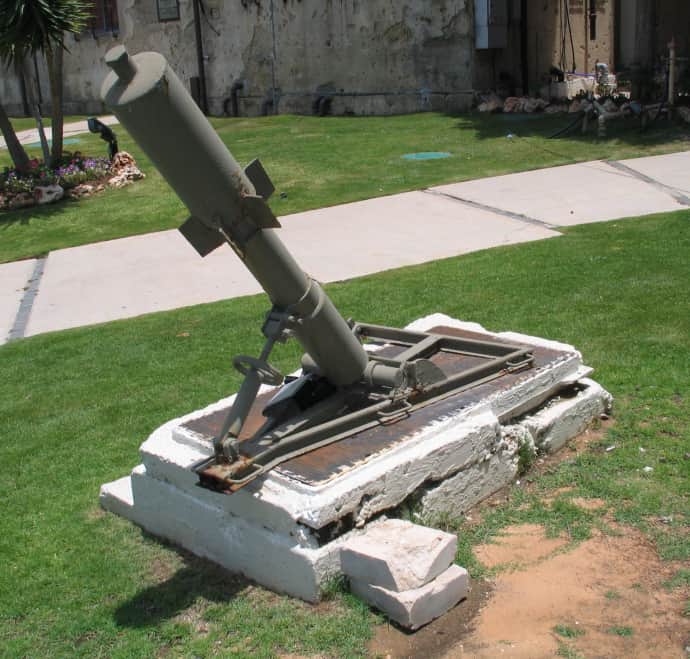 The Davidkaphoto: wikimedia.org
The Davidkaphoto: wikimedia.org
While Israeli communities were assembling the Davidka, fighter jets were being built in Ukrainian cities. This is quite ironic, since now Israel is one of the most innovative military-technological states, while Ukraine is once again learning to cover the basic needs of its army at a time when the country is fighting for its survival. It is impossible to recreate the Israeli path of building a formidable defence complex, but understanding the reasons for its success can help outline a strategy for the Ukrainian defence industry.
It all started in kibbutzim
Kibbutzim are Israeli farming communes where many Jews lived when they resettled to Palestine.
The large numbers of new resettlements in the twentieth century caused conflicts with the local population of Arabs. The British wielded power over the region, but they were unable to put an end to the violence. To protect the kibbutzim from attacks, Haganah, the Jewish military organisation, was responsible for self-defence and began building workshops for the production of mines, grenades and pistols.
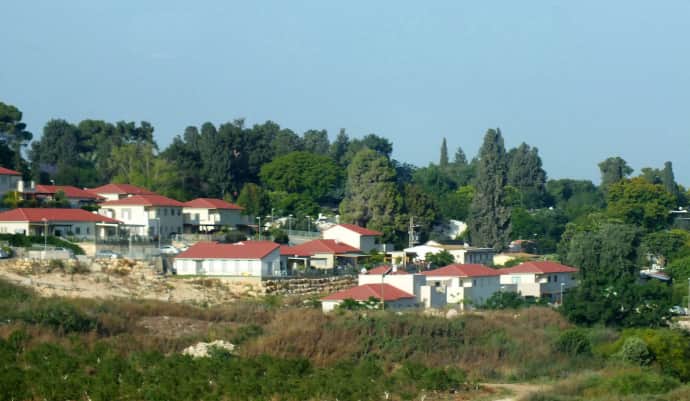 Barkai KibbutzPHOTO: WIKIMEDIA.ORG
Barkai KibbutzPHOTO: WIKIMEDIA.ORG
After World War II, when it became clear that the British military would leave the region and that war with the Arab population was inevitable, the Jews had to arm themselves even faster.
Haganah members smuggled in British Sten submachine guns and began to produce copies. However, there was a persistent problem with obtaining ammunition for these weapons. This gave rise to the innovative idea of opening an underground workshop to produce ammunition right under the nose of the British forces.
In order to build the first Israeli munitions factory, Yosef Avidar, head of the Haganah and a native of Kremenets in Ternopil Oblast, Ukraine, ordered the construction of a fake kibbutz. At first glance it was a modest commune with a farm, kindergarten and bakery. All the while, an enterprise the size of a tennis court that employed 45 people was operating underground.
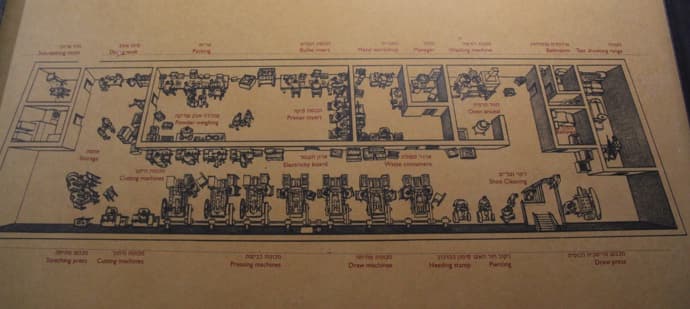 Secret entrance to the underground productionphoto: mil.in.ua
Secret entrance to the underground productionphoto: mil.in.ua
Clean air entered the workshop through ventilation in the bakery, and dirty air came out through the laundry.
The sounds of the enterprise merged with the hum of drums for washing clothes. In the same laundry room, just under one of the washing machine drums, there was a secret entrance into the underground. Such subterfuge was needed so that the illegal production would not be noticed by the British.
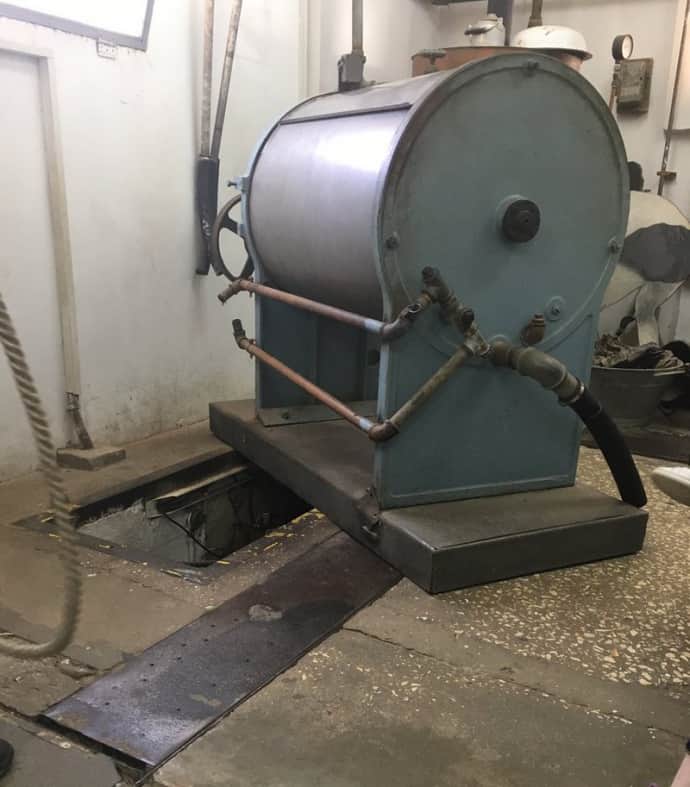 Secret entrance to the underground productionPhoto: mil.in.ua
Secret entrance to the underground productionPhoto: mil.in.ua
Equipment was smuggled from Poland, and finished products were transported in milk trucks and scattered in caches.
During 1945-1948, the plant produced 2.25 million rounds of ammunition. There were many such clandestine factories throughout the territory of what is now Israel.
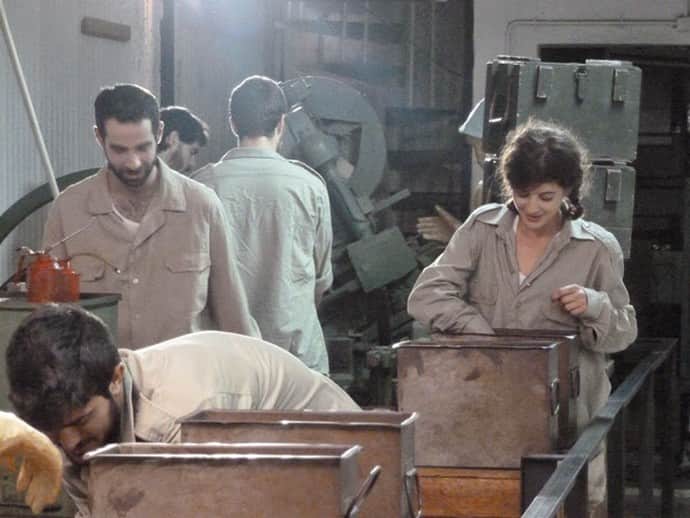 Reconstruction of work at the plant from The Secret Beneath the Hill documentary photo: blogspot.com
Reconstruction of work at the plant from The Secret Beneath the Hill documentary photo: blogspot.com
In 1948, the British left Palestine and there was no need to hide the underground factories anymore. Instead, there was another challenge: that of increasing the production of weapons.
The first Arab-Israeli war had begun.
First Steps
The first solution for scaling up the production of weapons was to consolidate the sector. Workshops were merged into the state-owned Israel Military Industries (IMI), which was subordinated to the newly created Ministry of Defence. The first success of the Israeli defence industry is associated with this company.
Jews from all over the world came to Israel, with many talented designers among them. One of them was Uziel Gal, who emigrated from Germany after the Nazis came to power. He became the father of the Uzi submachine gun, causing a real sensation around the world.
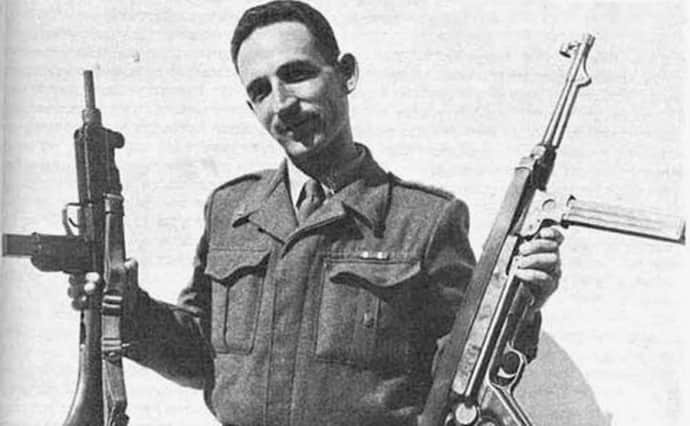 Photo: static.wikia.nocookie.net
Photo: static.wikia.nocookie.net
Uziel was invited to join the Scientific Corps of the Israeli Army, which was bringing together various military developments.
The development of the Uzi was launched within the IMI, which was experienced in the production of small arms.
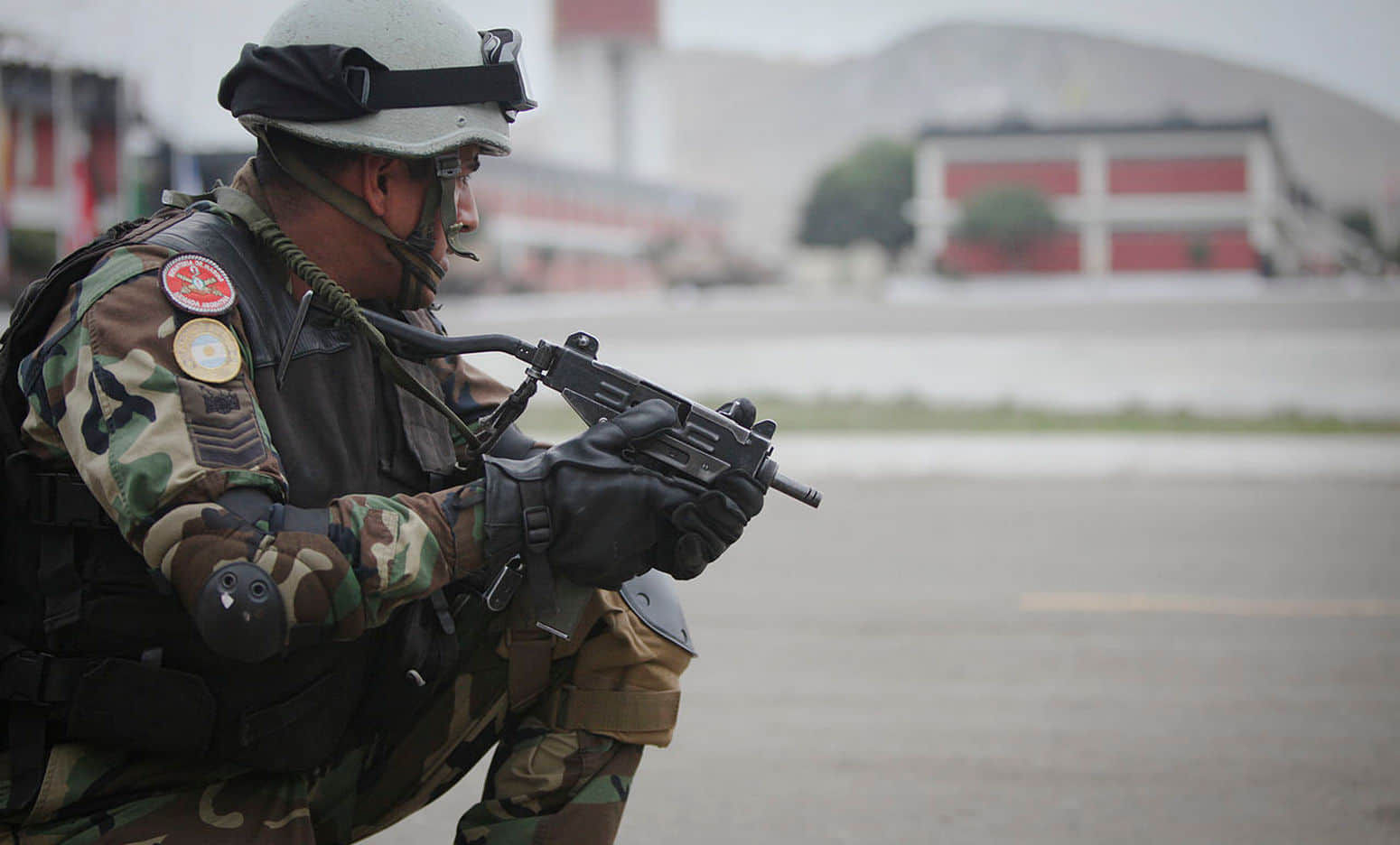 Serviceman with an Uziphoto: wikimedia.org
Serviceman with an Uziphoto: wikimedia.org
The success of Uziel's innovation was remarkable. The design of prefabricated parts was simple and cheap for mass production. During the war, this gun did not replace long-range machine guns, but it became a reliable weapon for paratroopers and for personal protection.
"Israel had a huge number of rifles. The Uzi submachine gun was created as a simple weapon. It had numerous shortcomings.
It was heavy and inaccurate, so it couldn't hit anything from 100 metres. However, it was easy to manufacture and resistant in desert fighting. It was invented in a very dire period, but it was for its simplicity that it gained such renown worldwide," Yigal Levin, an Israeli army officer and a military observer for Focus magazine, told Ekonomichna Pravda.
The Uzi was not only ordered in great numbers by the armed forces of Israel, but was also exported to Japan, Germany, Belgium, Peru, Brazil, and the United States. It started to appear in many regional conflicts and became the weapon of choice of gangsters. Soon enough, another success story came out of the Scientific Corps where Yigal Levin used to work - the Rafael company.
It would go on to produce high-tech missiles. Another migrant who laid the foundation for the Israeli defence industry was the US-born Adolph William 'Al' Schwimmer. During World War II, he worked as an engineer at the Lockheed defence company, and later helped smuggle planes to Israel and recruit Jewish pilots.
The founder of Israel, Prime Minister David Ben-Gurion, asked Schwimmer to establish a state aviation company in Palestine. Schwimmer laid down one condition: there was to be not a drop of nepotism, but recruitment was to be based solely on competence. "You're great for Israel," Gurion replied. And so, Israel Aerospace Industries (IAI) was born.
The company began to modernise and repair civilian and military aircraft that were brought to Israel.
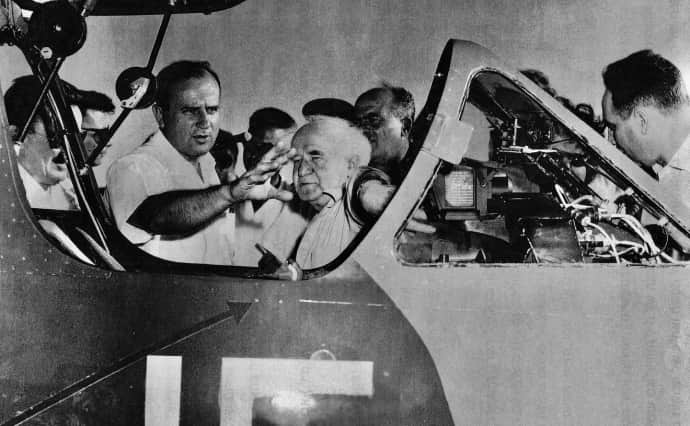 Al Schwimmer and Ben-Gurionphoto: cdn.jns.org
Al Schwimmer and Ben-Gurionphoto: cdn.jns.org
At the outset, everyone was very enthusiastic, but the scale of weapons production did not match the level of the threats. IMI produced light infantry weapons, while IAI mostly modernised old foreign aircraft, and Rafael was just beginning to master missile production. It was impossible to contain the enemy with these alone.
Israel won the war of independence, but soon a confrontation with Egypt and Syria loomed on the horizon, with the country's two opponents armed to the teeth with Soviet tanks and aircraft. Israel also relied on the supply of weapons from abroad: first from Czechoslovakia, then from France and Germany. They were even able to get Messerschmitt planes, which were first developed in Nazi Germany.
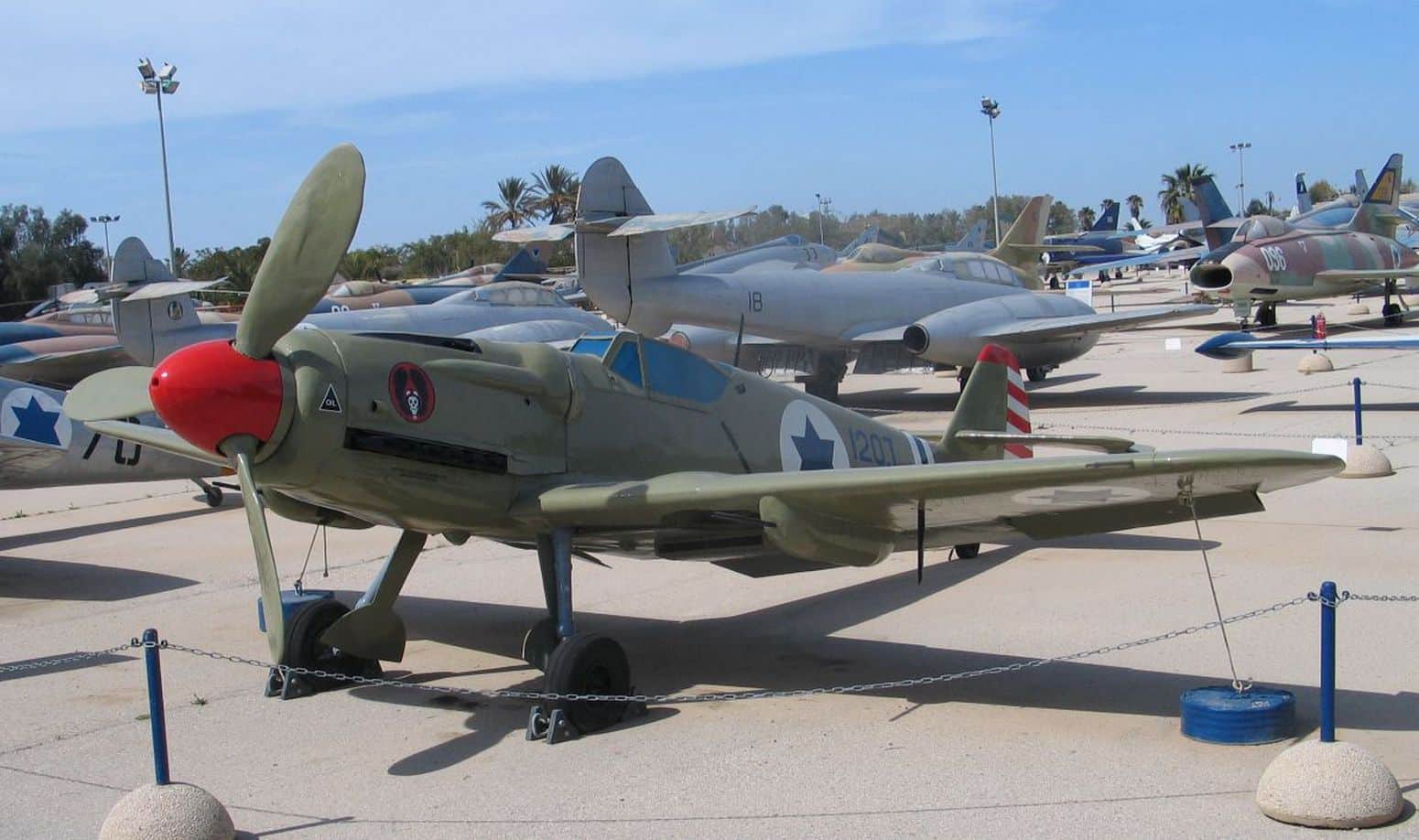 Israeli Messerschmitt planephoto: wikimedia.org
Israeli Messerschmitt planephoto: wikimedia.org
At some point, officials wondered if they were too heavily dependent on Western weapons.
Israel's tough policy towards its neighbours was received with mixed responses from the rest of the world. Everyone understood that if the wind were to blow in the other direction, Western countries would stop providing military equipment. Vigorous debate ensued about the need to invest in the development and localisation of the production of military equipment.
Opinions differed. The generals did not support the idea. There was an unprecedented arms race in the region and the Israeli military leaders wanted to spend more money on better and cheaper Western equipment.
By contrast, the Ministry of Defence sought to invest in the construction of a modern military-industrial complex, which required both time and resources.
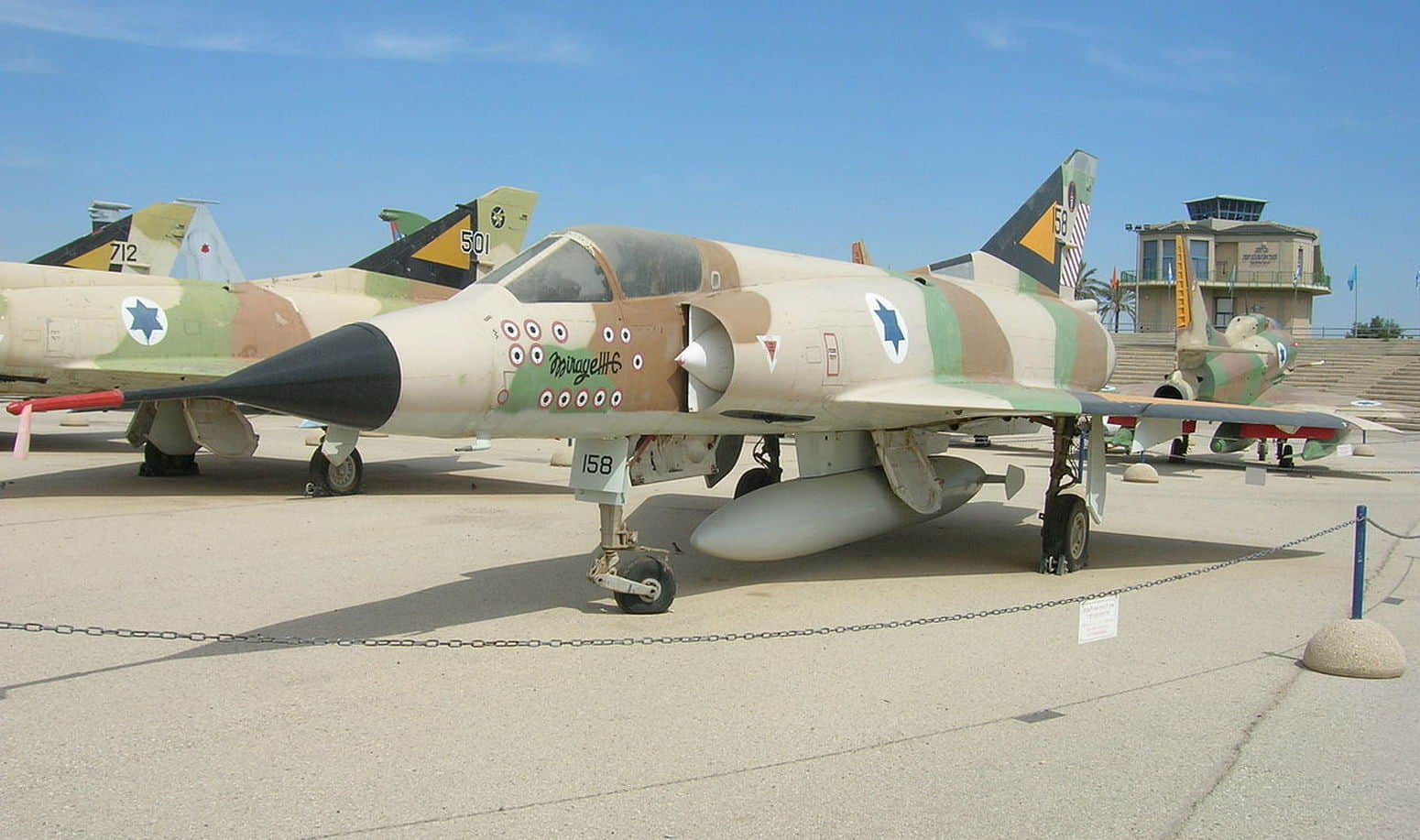 French-made Israeli Mirage fighter with 13 markings signifying the destruction of Arab aircraftphoto: wikimedia.org
French-made Israeli Mirage fighter with 13 markings signifying the destruction of Arab aircraftphoto: wikimedia.org
The critical need won out: Israel continued to rely on imported equipment. The local military industry did expand, but there was no talk of bolstering development. However, the preferred policy eventually failed.
In 1967, in the midst of another conflict with Arab countries, France, a key supplier of weapons to Israel, imposed an embargo and cut off the import of its technology. Building an Israeli military industry has become a matter of life and death. Forced Industrial Revolution
Israel won the Six-Day War in 1967 thanks to stocks of Western weapons, and the country began to prepare for the next war, which now had to be fought with their own weapons. Although the United States subsequently replaced France as the key arms supplier, the shock of the French embargo was not without its effect. In the first three years of the embargo alone, Israel quadrupled its weapons production.
At its peak in 1980, half of the workers in industry worked for the defence of the country. Israel Aerospace Industries grew from a workforce of 4,400 to 22,500, and Israel Military Industries grew from 4,500 to 14,500. The first breakthrough occurred in the aviation industry.
Even before the embargo, Israel had ordered 50 French Mirage 5 fighters, but the French did not have time to deliver them before the export ban came into force. In 1969, Israel Aerospace Industries made a clone of the French aircraft, known as the IAI Nesher.
 photo: wikimedia.org
photo: wikimedia.org
How they copied the French model at such a short notice is a mystery. According to one theory, the blueprints were stolen by Israeli spies by recruiting one of the engineers.
Another account states that the French manufacturer itself helped to assemble the doppelganger of their own plane, providing access to technology through an American firm. The IAI Nesher aircraft proved in the 1973 Yom Kippur War to be as good as the French "original." After the conflict, the design of the aircraft was improved. From the Nesher was born the first truly Israeli fighter, the IAI Kfir ("lion cub"), that used engines produced by the American General Electric company.
In total, over 200 planes were produced. In Israel, these aircraft were decommissioned in the 1990s, but they still serve in the Sri Lankan army.
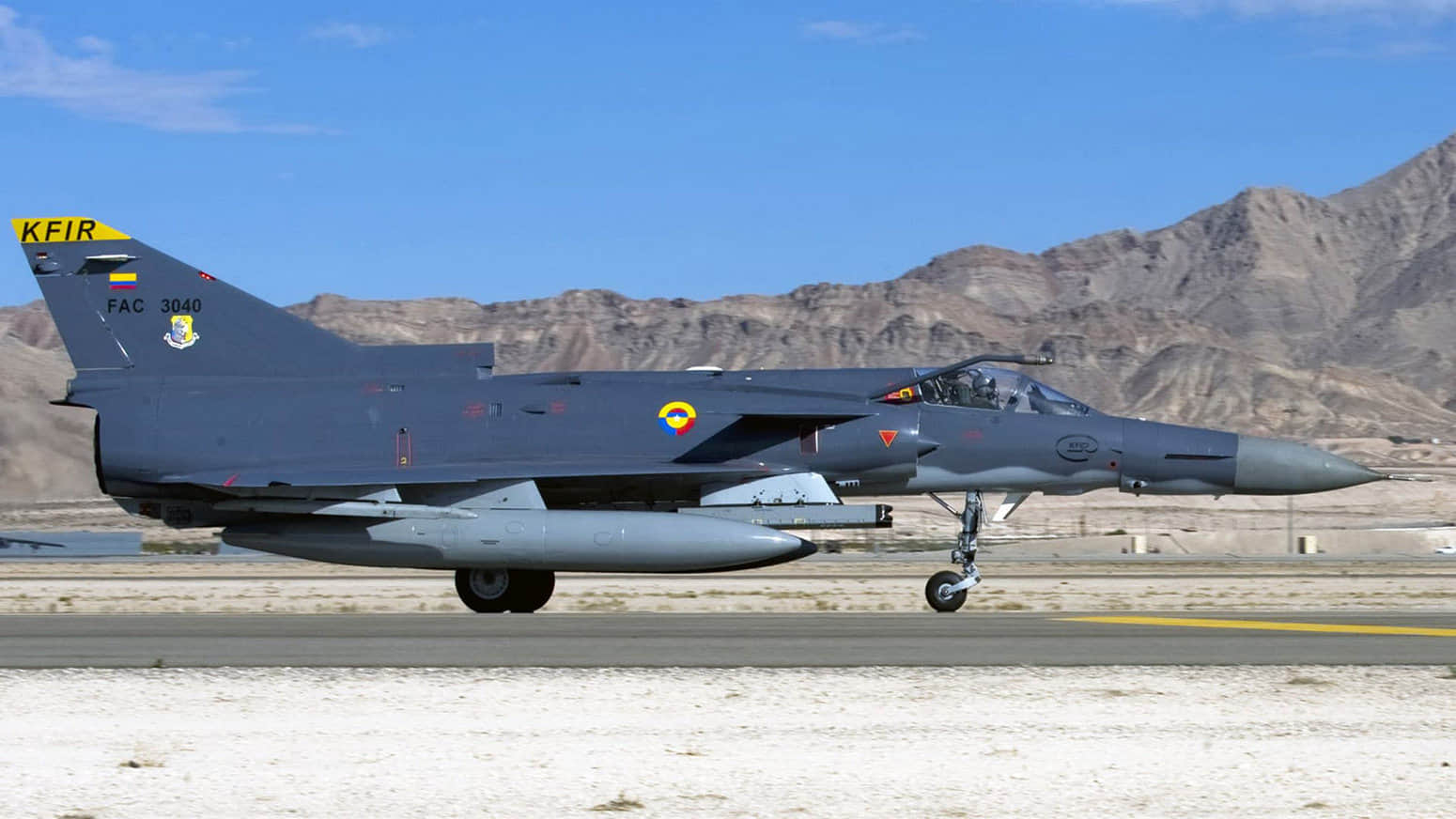 Kfir in service in Colombiaphoto: airdatanews.com
Kfir in service in Colombiaphoto: airdatanews.com
The Israeli army was vastly outnumbered by its opponents, so the country was looking for ways to save the lives of its servicemen. The ideal means to do so was the use of unmanned aerial vehicles (UAVs) for reconnaissance.
As soon as Israel tested American UAVs in battle, it immediately began to produce its own. Leadership in this area was quickly assumed by one of the most technological companies in the Israeli defence industry, Elbit Systems. "In the 1960s, the Arabs began to acquire many Soviet anti-aircraft missile systems that shot down Israeli reconnaissance aircraft.
Then Israel decided to send robots to conduct reconnaissance. One of the first Israeli UAVs was the Mastiff. It was capable of transmitting a picture from the battlefield in real time.
In contrast, Soviet drones had to land first in order to see the imagery from the battlefield," Levin explains.
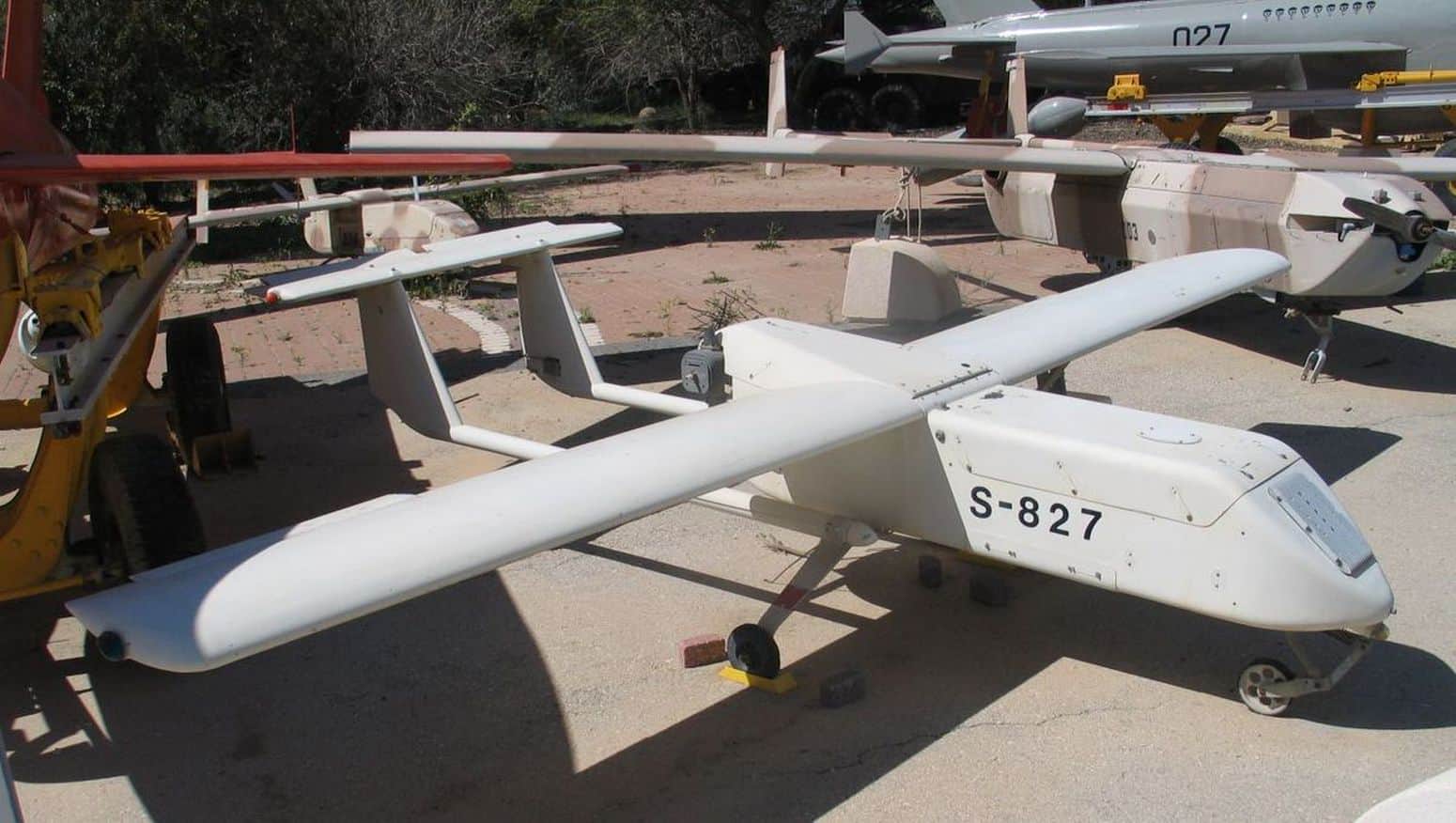 The first Israeli UAV, the Mastiffphoto: wikimedia.org
The first Israeli UAV, the Mastiffphoto: wikimedia.org
The drones worked perfectly with Israeli precision missiles manufactured by IAI and Rafael. Israel successfully destroyed enemy air defence systems and thus spread effective advertising for their own defence industry. One of these operations was the Mole Cricket 19 in 1982.
Then Israel destroyed several dozen Syrian Soviet-made air defence systems in a day and used its own and Western weapons to do so. The operation is still being studied in military academies.
Another breakthrough was the production of the Merkava tank ("chariot" in Hebrew), whose components were made by the IMI. Its birth was also associated with the reluctance of European countries to help Israel.
The Merkava line of tanks was developed after the British refused to sell their Chieftain tanks to Israel for political reasons. The first Israeli tank programme was based on the experience of using British, American and captured Soviet armoured vehicles. "I would not say that Merkava tanks are better than foreign models.
However, I would note their excellent survivability on the battlefield, the space for the crew and the potential for modernisation," Igor Mishin, former tank gunner on a Merkava 4M and author of The tactical Jew Telegram channel, commented to Ekonomichna Pravda.
 Merkava Tank
Merkava Tank
The Israeli military industry was not limited to these developments. Factories produced small arms, anti-ship missiles, armoured vehicles, components for modifying equipment and communications equipment. The country also succeeded in producing dual-use goods.
For example, the Tadiran company created joint ventures with Western firms and produced military electronics. Its battle-hardened products interested Western countries, in particular the US Army.
Punching above one's weight
The Israeli defence industry developed so rapidly that at some point the country's modest budget could not afford it. The latest developments required investment in research and development and more orders from the Ministry of Defence.
There was no money for this, because after the Cold War, the world's demand for weapons began to decrease rapidly.
The economic crisis that hit Israel in the 1980s worsened the situation. In ten years, the country was forced to reduce defence spending from 13% to 8% of GDP. The result: the purchase of weapons from local manufacturers fell by half, and the number of defence industry employees decreased by 35%.
The most telling manifestation of the problems of the Israeli defence industry was the failed development of the Lavi jet fighter, which was supposed to become an analogue of the American F-16.
The production of this aircraft was a great dream for all Israeli engineers, but one that was not destined to come true. It took seven years of design work for the authorities to understand that it was not profitable to buy these aircraft. Economists estimate that these fighters would have been 30-40% more expensive than the F-16.
 photo: wikimedia.org
photo: wikimedia.org
A scandal arose in the Israeli establishment: the Ministry of Defence was accused of tampering with the reports and deliberately underestimating the projected cost.
The Lavi project was suspended and the authorities decided to buy American F-16 aircraft. The same fate befell many other developments. The government began to look for ways to restructure the industry.
In order not to lose promising companies and military technologies, the authorities encouraged the production of civilian products on the basis of military corporations, actively promoted their military equipment for export and focused on dominance in specific niches, rather than try to produce everything at once. Israel does not have its own fighter aircraft and imports many weapons, but it is the world's main manufacturer of UAVs, has powerful missiles, the Iron Dome and David's Sling air defence systems, the latest modifications of the Merkava tanks, military satellites and, most likely, nuclear weapons.
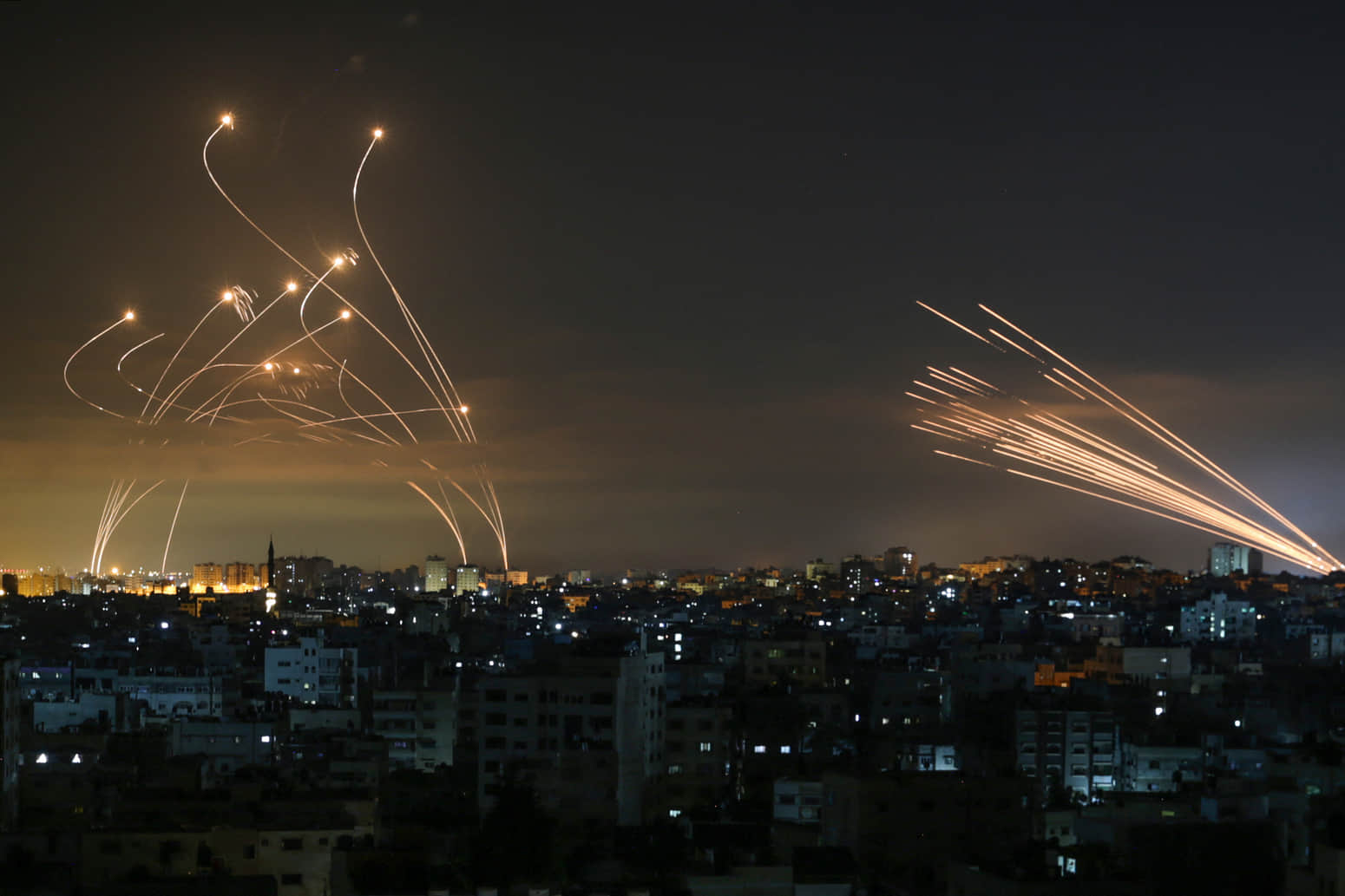 This is how the Iron Dome worksPhoto: cloudfront-us-east-1.images.arcpublishing.com
This is how the Iron Dome worksPhoto: cloudfront-us-east-1.images.arcpublishing.com
The hundred largest defence companies in the world include three Israeli companies: Rafael, IAI and Elbit Systems. Tens of thousands of people work for them, generating billions of dollars in revenue every year.
These companies open up new opportunities: the demand for weapons is growing in the world once again.
Between 2012 and 2022, Israel's military exports surged 67% to a record US£12.5 billion. The country with a population of 9 million currently holds 2.4% of the global arms market.
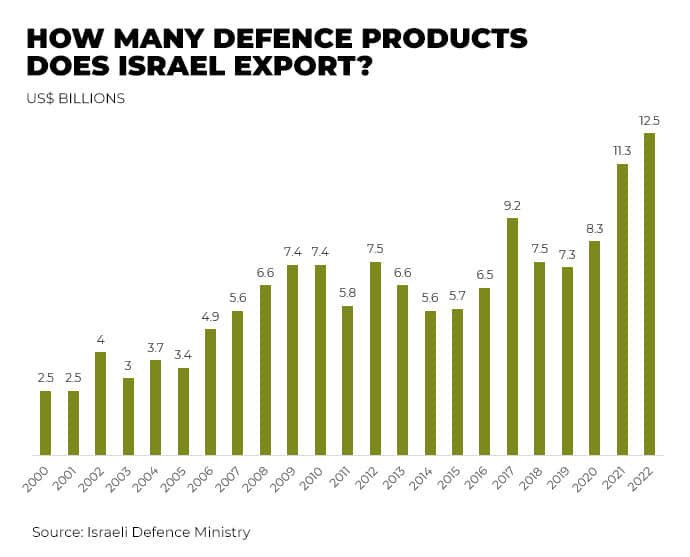 Where's the catch?
Where's the catch?
It may seem that the Israeli military-industrial complex developed on its own: someone invented something, started to produce it and then threw it into battle, magically overcame the crisis and turned into a global defence giant. In fact, behind the success of Israel is the thoughtful policy of the state and the sacrifices of the entire Jewish people.
First of all, there was insane defence spending. For decades, Israel spent 15-30% of GDP on the army. The country saved in other areas, and for two generations focused on protecting the country.
After each war, Israel prepared for the next.

Most of the state funds could have gone to import purchases, but the Ministry of Defence found money for domestic manufacturers and balanced the natural desire of the army to obtain as many high-quality Western weapons as possible. This not only made Israel more independent, but also stimulated the economy and solved the problem of unemployment. The Israeli government spends a significant portion of its money on innovation.
According to the World Bank, the country spends more than 5% of GDP on research and development. By way of comparison: the United States spends 3.4%, Ukraine 0.4%. However, to allocate money is not enough - you need to make it work.
Israel realised in due course that "cadres decide everything." At first, the authorities created conditions to encourage Jewish engineers to immigrate to Israel, and then they themselves trained specialists thanks to state programmes designed for the purpose. One of these programmes, Talpiot, was created in 1979. It made it possible for Israel to train a number of talented designers, who became the elite of the industry.
Students who receive the highest scores in technical sciences can apply to Talpiot. Competition is severe, as only 30-60 people are selected every year. They study at the Hebrew University, but live separately from others.
Students train with the army, get acquainted with officers, learn to control military equipment, and try to understand its shortcomings, so as to eliminate them.
 Graduates of the Talpiot programme in 2019 photo: iaf.orghas created
Graduates of the Talpiot programme in 2019 photo: iaf.orghas created
To achieve the greatest efficiency in development, the state has created a link between the engineers and the army. For this, the MAFAT agency was established in Israel, the director of which reports simultaneously to both the Ministry of Defence and the General Staff. Thanks to this connection, the military command is always aware of the developers' plans and can point them in the right direction.
MAFAT specialists have to know not only the needs of the army, but also to understand the specifics of startups. To do this, they are advised to spend one or two days a week at technology companies. As a bonus, engineers acquire a keen knowledge of the army's needs, as most likely they had been through military service themselves.
In the 20th century, Israel concentrated weapons production in the hands of the state, but with the onset of the "startup era" it became clear that it was more difficult for state-owned companies to respond to crises. Israel is suspicious of privatising strategic enterprises. However, researchers note that Israeli state-owned companies underwent internal restructuring and began to function according to business rules.
This made them more competitive. For example, state-owned firms began to bet more on profitability, develop the production of civilian goods, reduce staff more flexibly, and create joint ventures with Western companies. In recent years, Israel has been privatising some key defence companies, but the authorities are still cautious about this.
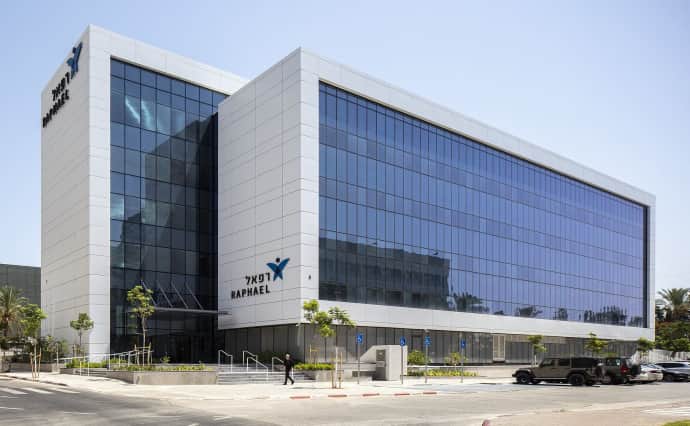 Offices of the state-owned Raphael companyphoto: cdn.archilovers.com
Offices of the state-owned Raphael companyphoto: cdn.archilovers.com
During the crisis of the 1980s, it was the state that lent a hand to defence companies.
For example, the authorities began to finance the development of civilian goods on the basis of military concerns. This allowed the companies to maintain their profitability while the demand in the arms market was unstable. The state also promotes the production of Israeli weapons for export, even to rogue states.
Thus, Israel filled a niche in China when the events in Tiananmen Square in 1989 forced Western countries to stop supplying weapons to the country. Because of this, Israel argued with its main ally, the United States. The Americans also played a major role in the development of the Israeli defence industry.
They not only cooperate with Israeli companies and supply them with critical components, but they also finance the industry. About a quarter of the annual US subsidies allows the country to exchange shekels and spend on the purchase of Israeli weapons. The numbers reach hundreds of millions of dollars.
Lessons for Ukraine
The history of the Israeli defence industry presents many valuable lessons for Ukraine.
Here are just some of them. Mobilisation. Defence companies will not work without a large state order and investments, so Ukrainians need to get used to excessive defence spending even after the war. People are the most valuable asset. If, for Israel, the war was the reason for the development of UAV technologies in the 1970s, then in 2022 drones should be of strategic importance to Ukraine.
Allies are not eternal. Western countries can reduce the supply of equipment to Ukraine at any time. Ukrainians need to be ready for this and pay more attention to their own manufacturing capabilities. Looking for one's own niche. In the modern world, Ukraine will not be able to provide fully for its army.
One needs to identify their strengths and develop them, and not produce everything at once. Use fighting experience. With a reliable intermediary between the army and manufacturers, weapons will be more effective and competitive in world markets. Cadres decide everything. The task of the state is to make the profession of an engineer in the defence industry honourable and highly paid.
There are many talented engineers and programmers in the Ukrainian diaspora abroad. How to persuade them to return to their homeland is an open question. State-owned enterprises can be effective. To do this, they must begin to work in line with the rules of business.
The corporatization of Ukroboronprom should be completed as soon as possible. It is possible to defeat a strong enemy. There is a war for survival under way, and Ukraine must become a large defence factory, even if this has to be built underground. Translation: Theodore Holmes
Editing: Monica Sandor